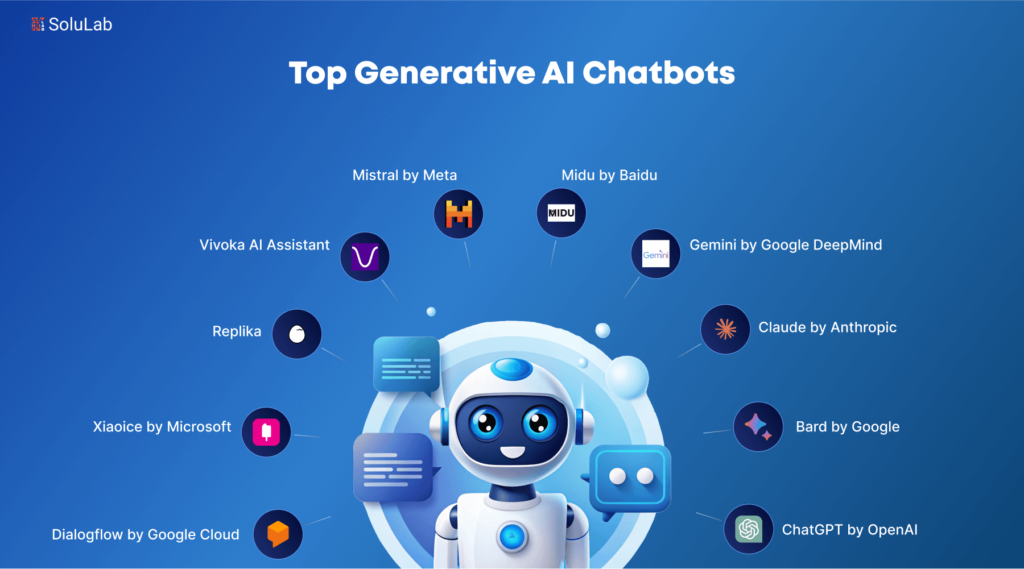Introduction
I think it will be great to start this blog talking about the evolution of work in the span of my career for the last 2 decades. This is more of a personal experience looking at the evolution of work in a multinational technology company.
Ways of Communication
A big part of work actually involves communicating with your customers, your colleagues and your superior. I still remember when I first started working at the company, the main communication method with my colleagues in headquarters (Germany) is through emails. We hardly had phone conversations back then as IDD calls were very expensive. Over time, emails were gradually replaced by instant messaging on Skype, while expensive IDD calls gave way to VOIP calls. And in the last few years, video calls too have become the norm as internet bandwidth becomes more affordable and video compression technology becomes better. As you can imagine, the communication response time soon became a lot shorter and more frequent.

As the way of communication evolves, the relationship at work changes as well. One of the most notable improvements has been increased productivity. Information is transmitted faster, decisions are made quicker and problems are solved in a shorter time. As a result, the need for face to face communication becomes unnecessary except for strictly confidential and sensitive matters.
On the other hand, some bosses argue that reliance on digital communication stifles interpersonal relationships, hinders collaboration, and limits innovation. I certainly disagree with the bosses as I have managed many successful R&D projects with team members sitting across the globe from Japan, Singapore, India, Germany and the UK. The real secret to the success is understanding how asynchronous communication works and the willingness to adopt digital collaboration tools which I will share in later posts.
Talents Mobility
As with many big tech companies, the company I work for hired many foreign talents from different countries and nationalities. 20 years ago, it was common to find many foreign talents relocating with their families to join big tech companies in developed countries. In fact, 70% of the team members consisted of such foreign talents in the team I first joined.

However, in the last few years, only the top 10% of the talent are willing to relocate due to the high costs of living in developed countries. The rest of them, choose to work locally or remotely in their own countries. This trend presents a challenge to hiring managers to find suitable talents for their teams. It is not cost efficient for big tech companies to set up offices all around the world due to administrative and legal costs. Hence, more companies are open to hiring remote workers to fill up their resource pipelines.
From what I have noticed, this is an increasing trend among big tech companies. In my team for example, we used to keep a 10% resource corridor with remote consultants (contract workers) but in the last 2 years this has increased up to 25%.
Another reason for big tech companies to hire more consultants is due to the fluctuating global economy. As this is happening more frequently caused by geopolitics, trade wars, tariffs and protectionism, it is difficult to plan for a long-term (e.g. 5 years) resource pipeline. So it may be beneficial to have a “resource pool” that can be adjusted to the changing business environment without paying the costs of permanent employees retrenchment.

Companies that quickly adapt to this trend will have a better chance of survival compared to those struggling with high labor costs. Managers should therefore prepare themselves to learn new skills managing their remote employees. I will share in later posts what tools and methods used for successful planning (including effort estimation), tracking and reporting.
Work-Life Balance
While there is a growing emphasis for work-life balance in recent years I also noticed that the separation of work and life is also disappearing. As people adopt flexible work policies, they face difficulties in managing the priorities of work and non-work tasks. Some may end up working longer hours and some may get interrupted frequently. As a result, the overall productivity is lowered and may cause burn out in the worst case. There are many methods that can help us to focus and get things done. I’ll share these methods what worked for me in future posts.
The Rise of Generative AIs
One of the biggest changes in the history of the modern world since the creation of the Internet is Generative AI. Since ChatGPT‘s launch in November 2022, its impact to evolution of work has been profound. It is simply not only a chatbot that replaces a search engine, but it can be a powerful assistance in your daily work and if you have not used an AI agent then you’re missing out.

There are many optimisms and pessimism regarding the rise of Generative AIs. Some would say AIs could enhance productivity while others would say the AIs are inaccurate and lacking quality. One aspect in my work that I can affirm is that AI helps tremendously with language translation. As I worked in a global tech company, I often needed to translate documents in different languages. Generative AI (LLM) works very well compared to machine translation tools due to the contextual understanding of a sentence or paragraph. AI agents like CrewAI can assist with automation and routine workflows though setting them up may require some programming expertise.

In my opinion, generative AI will not replace humans anytime soon but it can assist humans with everyday life including work. We live at a time of “luxury” in the context of work and will continue to evolve in the future.


